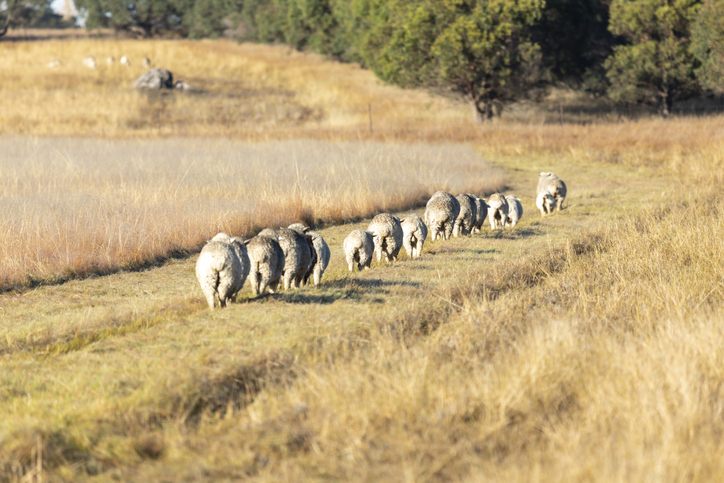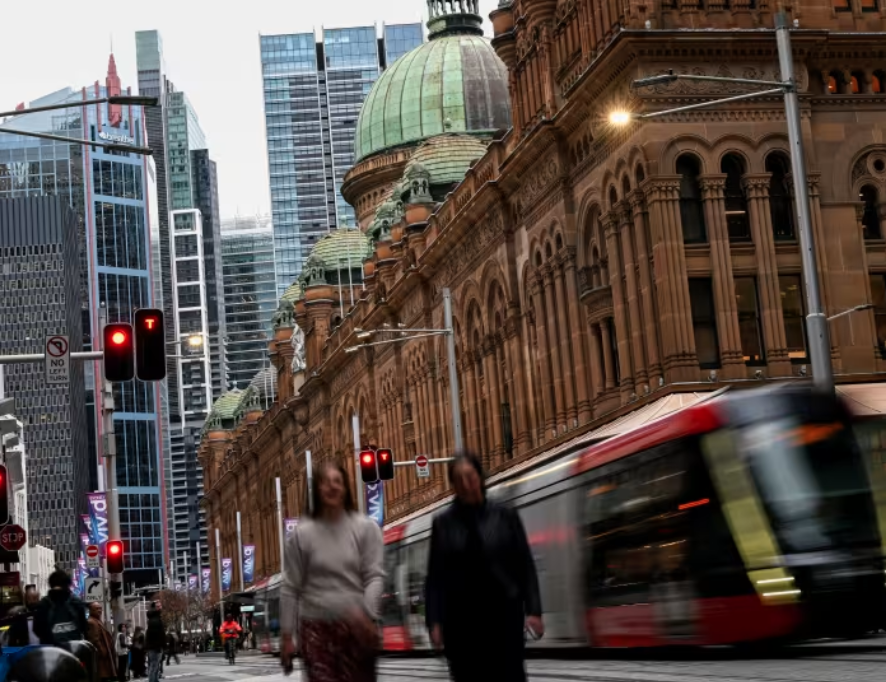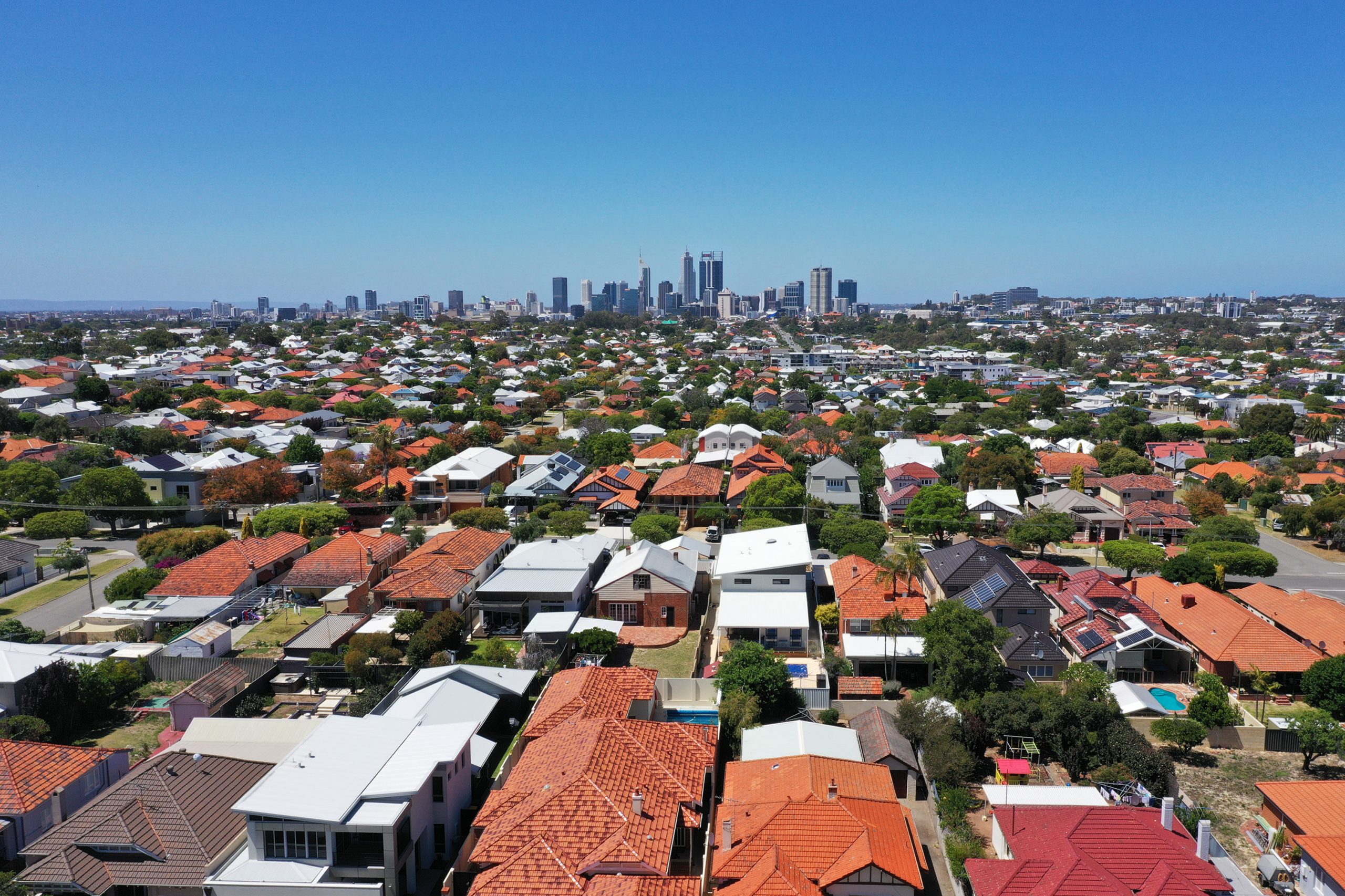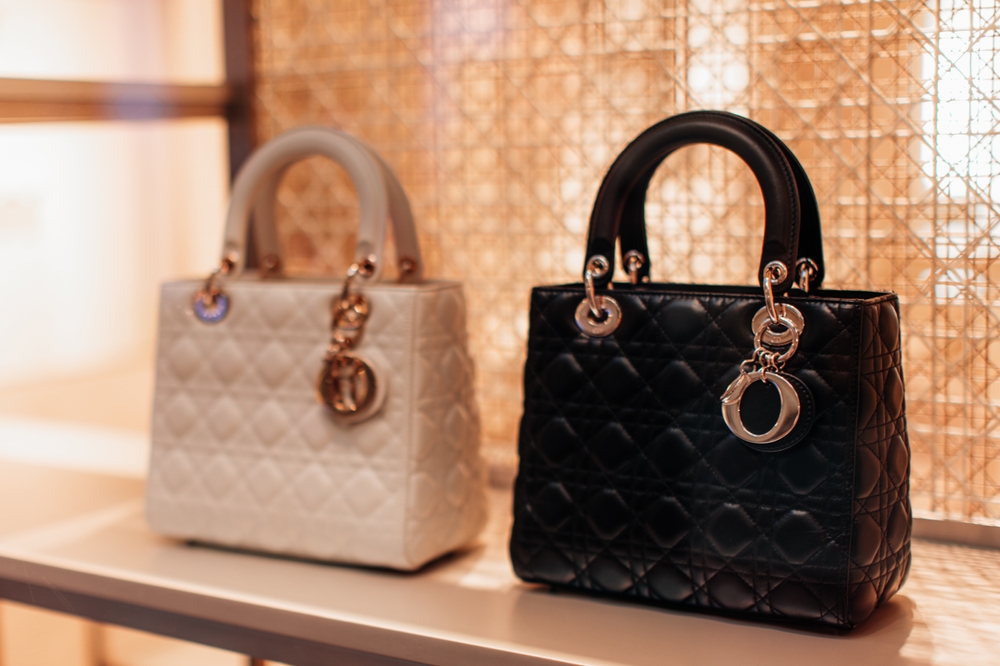Pulling the wool: Why we’re no longer riding on the sheep’s back
Favourable weather patterns have provided record profits in some areas of agriculture but future forecasts are mixed
Australia is no longer riding on the sheep’s back with nursery cut flowers and turf worth more than wool in the agricultural market, new data has revealed. Once the greatest source of national prosperity, wool now accounts for $3.2 billion in terms of production value compared with $3.4 billion for cut flowers and turf.
Data from the Australian Bureau of Agricultural Resource Economics and Sciences (ABARES) shows that wheat and beef are Australia’s most valuable agricultural commodities, making up one third of all production by value in 2022. Wheat increased by $3.3 billion in 2022, reaching a record high of $13.1 billion while canola and cotton lint more than doubled.
Favourable farming conditions in Australia and, conversely, poorer conditions overseas have boosted the agricultural sector significantly, Ray White Group chief economist Nerida Conisbee said.
“We were producing a lot, while others were producing far less,” she said. “As we came out of the pandemic, people began spending more. The Ukraine conflict further complicated wheat markets.”
The result has lead to total agricultural production in excess of $90 billion and land values almost doubling over the past three years.

While the 2022 results have been welcomed, Ms Conisbee said the future is less certain, with international shifts having potentially positive and negative effects. While wheat production is expected to decline as weather patterns become less favourable, the ongoing war in Ukraine should keep prices up. Rice shortages as a result of a decision by the Indian Government to ban exports of non basmati rice to deal with domestic shortages is expected to have a similar impact on that market.
“This announcement is expected to result in the biggest global rice shortage in 20 years,” Ms Conisbee said. “Similarly to wheat, prices are set to rise. Although Australia is not a major rice producer, it will impact the Riverina in southern NSW where around 75 per cent of Australia’s rice is grown.”
This stylish family home combines a classic palette and finishes with a flexible floorplan
Just 55 minutes from Sydney, make this your creative getaway located in the majestic Hawkesbury region.
Excluding the Covid-19 pandemic period, annual growth was the lowest since 1992
Australia’s commodity-rich economy recorded its weakest growth momentum since the early 1990s in the second quarter, as consumers and businesses continued to feel the impact of high interest rates, with little expectation of a reprieve from the Reserve Bank of Australia in the near term.
The economy grew 0.2% in the second quarter from the first, with annual growth running at 1.0%, the Australian Bureau of Statistics said Wednesday. The results were in line with market expectations.
It was the 11th consecutive quarter of growth, although the economy slowed sharply over the year to June 30, the ABS said.
Excluding the Covid-19 pandemic period, annual growth was the lowest since 1992, the year that included a gradual recovery from a recession in 1991.
The economy remained in a deep per capita recession, with gross domestic product per capita falling 0.4% from the previous quarter, a sixth consecutive quarterly fall, the ABS said.
A big area of weakness in the economy was household spending, which fell 0.2% from the first quarter, detracting 0.1 percentage point from GDP growth.
On a yearly basis, consumption growth came in at just 0.5% in the second quarter, well below the 1.1% figure the RBA had expected, and was broad-based.
The soft growth report comes as the RBA continues to warn that inflation remains stubbornly high, ruling out near-term interest-rate cuts.
RBA Gov. Michele Bullock said last month that near-term rate cuts aren’t being considered.
Money markets have priced in a cut at the end of this year, while most economists expect that the RBA will stand pat until early 2025.
Treasurer Jim Chalmers has warned this week that high interest rates are “smashing the economy.”
Still, with income tax cuts delivered at the start of July, there are some expectations that consumers will be in a better position to spend in the third quarter, reviving the economy to some degree.
“Output has now grown at 0.2% for three consecutive quarters now. That leaves little doubt that the economy is growing well below potential,” said Abhijit Surya, economist at Capital Economics.
“But if activity does continue to disappoint, the RBA could well cut interest rates sooner,” Surya added.
Government spending rose 1.4% over the quarter, due in part to strength in social-benefits programs for health services, the ABS said.
This stylish family home combines a classic palette and finishes with a flexible floorplan
Just 55 minutes from Sydney, make this your creative getaway located in the majestic Hawkesbury region.


















